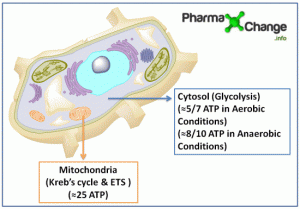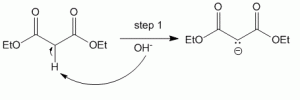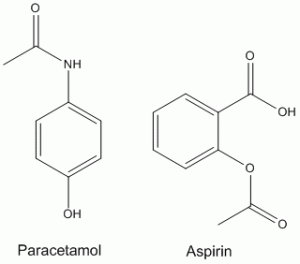Introduction of Cinnamon
Cinnamon is a commonly used spice in many cuisines all over the world. The medicinal properties of cinnamon have been widely recognized with particular carminative activity arising from its volatile oils. The other health benefits include anti-ulcer, anti-inflammatory, anti-bacterial, antioxidant etc. The main active constituents of cinnamon are cinnamic aldehyde and eugenol. The pungent taste is attributed to cinnamic aldehyde which is a yellow in color on fresh distillation but on storage by absorption of oxygen turns dark red. The sweetness in cinnamon arises from mannitol. Cinnamon is also known as dalchini or ceylon cinnamon.
Cinnamon
| Biological Source | Dried bark of the shoots (stem and branches) of Cinnamomum zeylanicum |
| Family | Laureacea |
| Geographical Source | Cinnamon plant is indigenous to south eastern India, Sri Lanka, South America, Jamaica, Indonesia, Madagascar and West Indies. |
| Morphology/Macroscopical Characters |
|
| Microscopic Characters |
|
| Chemistry | Cinnamon mainly consists of volatile oils of which 60-80% is cinnamaldehyde (cinnamic aldehdye: C6H5CH=CHCHO). The other constituents are phenols (mainly eugenol around 5-10%) and terpenes.
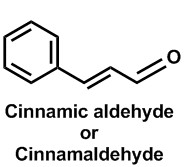 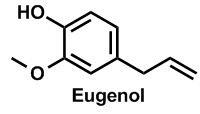 These consists of hydroxycinnamalaldehyde, trans-cinnamic acid, cinnamyl alcohol and acetate, o-methoxycinnamaldehyde, caryophylline etc. Presence of mucilage, calcium oxalate and starch is also seen. Cinnamon also contains antioxidants such as procyanidins and trace amounts of coumarins. |
| Chemical Tests | Test for differentiating Cinnamon from Adulterants: When extract (volatile oil) from Cinnamon oil is treated with a drop of Ferric Chloride solution it yields a pale green color. This pale green color is achieved as cinnamic aldehyde on reacting with ferric chloride gives brown color and eugenol on reacting with ferric chloride solution produces blue color. A pale green color is the result of combination of these brown and blue colors. The same above test when done with Oil of Cassia (also called as Chinese cassia obtained from Cinnamomum cassia) yields only brown color due to absence of eugenol and with cinnamon leaf oil yields only blue color having eugenol as the main constituent. |
| Adulterants/Allied drugs/ Substitutes | Adulterants:
Cinnamon leaf oil (contains 70-95% of eugenol) and oil of cassia or Chinese cassia(contains cinnamaldehyde around 80-95% as the main constituent with no eugenol) are potential adulterants. Allied drugs:
|
| Uses |
|
| Other Notes (life cycle, extraction etc.) | – |
| Adverse reactions | Intake of large quantities of the drug has showed increase in heart rate, breathing, perspiration and intestinal movement. This stimulated state is followed by sedative phase of sleepiness or depression. Skin irritation can also happen after prolonged and repeated contact with cinnamon. In large doses it can be harmful to the liver too. |
References:
- Trease and Evans’ Pharmacognosy, 16e (Evans, Trease and Evans Pharmacognosy)
Elsevier: New York, 2009. - Ara DerMarderosian, et. al. The Review of Natural Products 4th Edition.
- Kokate, C. K.; Gokhale, S. B.; Purohit, A. P. A textbook of Pharmacognosy, 29th ed.; Nirali Prakashan: Pune, 2009.

